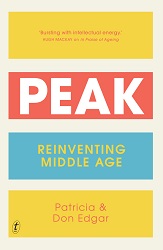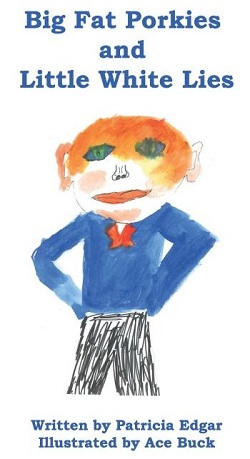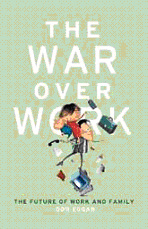Children are not just little consumers
- Patricia Edgar
- July 3, 2009
WE EAT too much, we drink too much and we spend more than we earn. Our lifestyle has brought the world economy to the brink of catastrophe, and the solution politicians offer is to go shopping.
Eating disorders and body image concerns among boys and girls are common. Tiny, bright, young things, who should be out playing chasey together, are worrying about what they look like and whether they fit in with their peers. There is an increase in child mental health problems including depression. These trends are well documented.
Did children's television have anything to do with this crisis? It seems it did. Our programs have been a major training ground in teaching kids to grow up fast and be acquisitive.
Twenty years ago, good story ideas drove children's programming decisions. Kids were not considered a market, much less a profitable one. They were a special audience and programs such as the early PlaySchool, Round the Twist and Lift Off were provided to serve their needs as they entertained.
This changed with the advent of children's channels in the '90s and fierce competition between them for market share.
While Disney began marketing Mickey Mouse as far back as the 1920s, it was the success in the '80s of program-length commercials such as He-Man and the Masters of the Universe, GI Joe: A Real American Hero, Care Bears and Strawberry Shortcake that set light bulbs off in the minds of toy manufacturers and producers around the globe. They conceived the idea of tie-ins to link products promoting Teenage Mutant Ninja Turtles, Transformers, Mighty Morphin Power Rangers and Action Man. The industries involved boomed and children were seen as consumers from then on. It wasn't long before the public broadcasters wanted their slice of the cake and, in the '90s, along came Barney in the US, Teletubbies in the UK and Bananas in Pyjamas in Australia.
It was a revelation to public broadcasters to discover there was money to be made from programs when accompanied by a suite of merchandise. Smart rhetoric to call the toys and goods "educational" was devised and consciences were salved. Branding was the new mantra as public broadcasting's values became as commercial as their competitors. The measure of success was market share.
Grasping the potential, marketers decided they could get more bang for their bucks by expanding the preschool and children's market to four categories, including baby and tween television.
We now know the first few years of life are a critical period for brain development and learning. So it stands to reason that preschool television programs should be developed with purpose from a well-informed research base. Instead, preschoolers, including babies, have led a marketing bonanza for the toy, food and character merchandising industries at the expense of education and development.
Research has demonstrated that materialism in children is positively associated with shopping and spending, and negatively associated with school performance. By the age of 10, 78 per cent of children say they enjoy shopping; they are well on the way to being successful consumers.
For tweens, eight to 12-year-olds, a new lifestyle was created; miniature bras, sexy thongs, cool accessories, beauty products and parties with mocktails became the norm. In programming, plots, casting, art and costume departments have been influenced by this new tween style and look.
If you want to sell a program now, you think about the marketing potential before you think about the needs of children. The irony is that the more you target and segment the market, the smaller it becomes and the programs for each market lose their complexity, texture and appeal.
Once kids assume control of the remote, they don't want this soulless world; they want to be participants in life — and they can find out about life, as never before, on the internet and through their mobile world. They are still watching television but it's The Simpsons, Rove, Spicks and Specks and The Biggest Loser, the soaps, reality and talent shows that attract them over the programs now made in their name.
But far more appealing to tweens and teens than television is their new-found, more private and personal world on social network sites. They love the challenge of games. They want to use technology to talk to one another and show their own stories in a world they live in and seek to master.
Kids are different today. They are knowing and demanding. So we need imaginative new thinking to recapture this audience with programming experiences they want. It's likely we will be hoist on our own petard. It's a well-guarded secret that child audiences are diminishing and children's channels are not doing so well. As this trend continues, marketers will dump kids' television as quickly as they colonised it and the children's production business as we have known it will disappear.
As program makers, are we capable of changing direction? Or will we continue to make compromises until the audience deserts us? Do we have any moral and social responsibility to try harder to change the nature of commercial programming? Is it possible kids will be the ones who transform media in their name as they forsake television, spawn their own interactive programs and leave us wondering what has happened?
Dr Patricia Edgar was a presenter at the Children's Media Conference in Sheffield this week.











